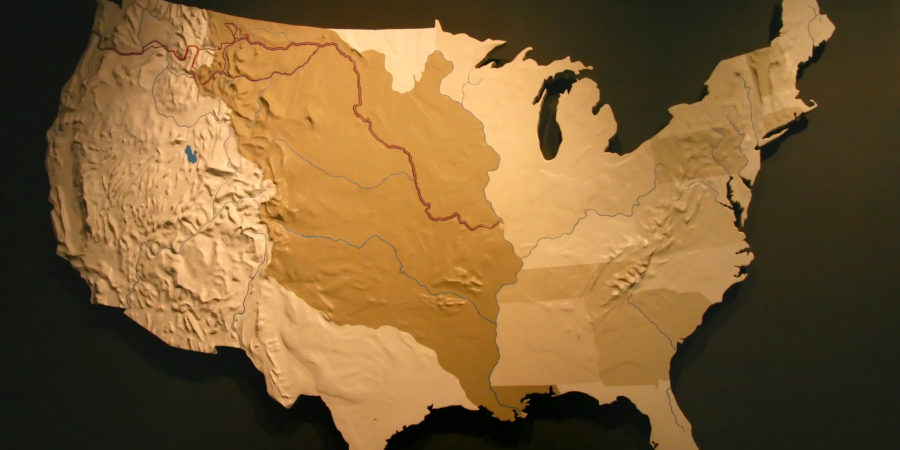We hear a lot of argumentative voices about our constitutional rights these days with respect to such things as freedom of speech, the right to bear arms, the right to protest, etc., but we hear little about our right to own property. Just for fun, let’s briefly explore who really “owns” the property we call ours and why that is the case.
My country, ‘tis of thee….
From the beginning, various royal, colonial, state and federal governments were the first to establish their claims to own the land or property in what we now call the United States of America. Later on and very early in our country’s history, our Congress, in order to better aid, sustain and manage our young and growing republic, took over the ownership of all land between the Appalachian Mountains and the Mississippi River when the original 13 states ceded these “western lands” to the federal government between 1781 and 1802. Thereafter, other large land acquisitions brought even more property into federal hands via treaties and purchases, such as the Louisiana Purchase in 1803 and the Alaskan purchase in 1867.
Purple mountains and LOTS of majesty…
After all was said and done, the federal government had acquired 1.8 billion acres in North America, and our country and its territories/states had grown in size substantially. Fortunately, our country’s early leaders were wise enough to foresee the need to manage and solidify the federal government’s control over US property in our constitution under what is referred to as “The Property Clause, Article IV, § 3, Clause 2” which gave Congress complete authority “over the lands, territories, or other property of the United States.” That clause was significant because to date, current estimates are that the federal government owns or controls about 640 million acres of land in the US or roughly 30% of the total, which makes it the largest single land-holder in the country by far. As could be predicted, most of this federal land is in the western half of the US, and much of it has been dedicated to public uses such as national parks and conservatories. States, private owners and corporations make up the bulk of the remainder.
Locomotives lead the charge….
Though there are other examples of how the government flexed its “property muscle,” one of the most famous and arguably the most substantial exercise of this constitutional federal property right helped expand our country from east to west when the federal government, led by President Abraham Lincoln, signed into law the Pacific Railway Act of 1862 which created the Union Pacific Railroad Company on July 1, 1862. This act empowered the UP to “lay out, locate, construct, furnish, maintain and enjoy a continuous railroad and telegraph” westward from the Missouri River to the Pacific Ocean, and led to the construction of the first transcontinental railroad across the United States.
Checkers anyone?…
To accomplish this huge feat, the government issued land grants to the UP (and soon after other railroad companies) to help them fund the railroad’s expansion and construction, and to encourage them and the population to expand the country further. In practice, it was not uncommon for a ten square mile parcel of land to be granted to the railroad(s) in “every-other” alternating sections along a rail corrido for each mile of track laid. (One section of land is now one-square mile comprised of 640 acres.) This practice created what resembles a “checkerboard” pattern on many of the western state’s maps which still remains today. The US General Land Office (now known as the BLM, or Bureau of Land Management) was put in charge of surveying and mapping these grants, and the BLM still manages, maintains and retains ownership of the parcels, acres and/or sections out west that were not given to the railroads for their expansion, or that we subsequently sold or granted to other entities or communities for the overall benefit of the general public.
Contact us at TCMSC Law if you have any questions or would like to learn more about property ownership and your rights as a property owner.


